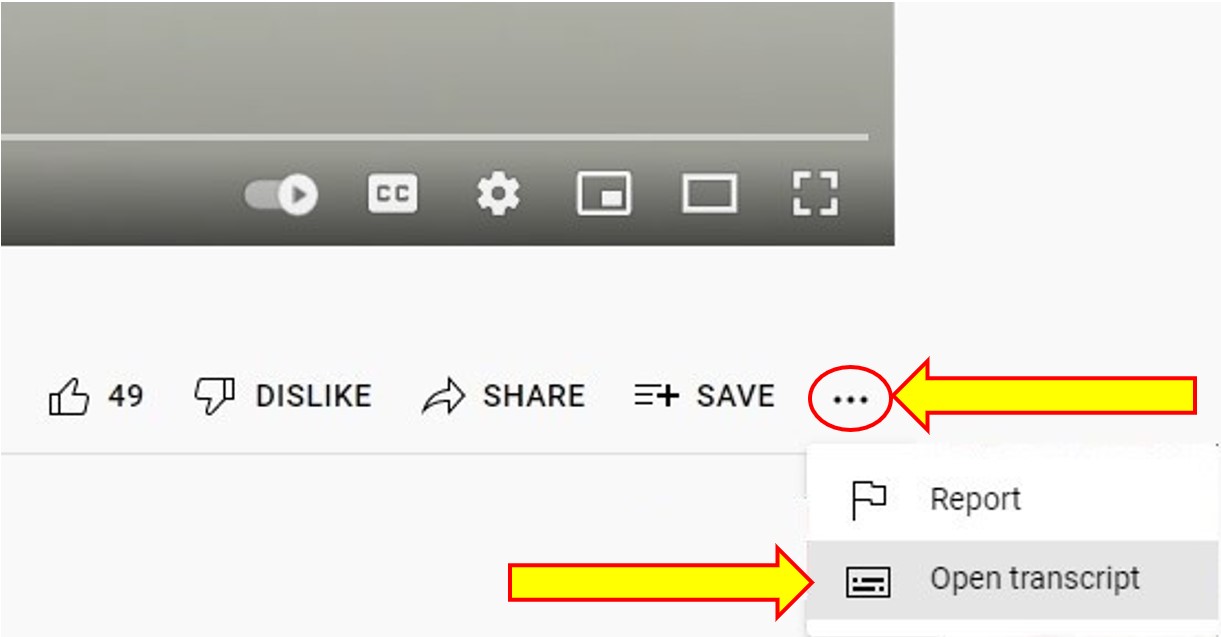2.18 Synthesizing Sourced Information
Synthesizing Sourced Information
Proficient report writers, skillfully combine and comment on the information they have researched.
The four articles in the previous activity all address the implementation of a four-day work week. Two of the articles support the idea and two of the articles oppose it. Despite the different viewpoints, the authors use some of the same information in their arguments.
The information can be grouped into common themes emerging from the articles.
For example, the information could be separated into the following categories:
- Examples of implemented four-day work weeks
- Opinions that support four-day work weeks
- Opinions that are against four-day work weeks
- Opinions that are undecided about four-day work weeks
- Other information that might be relevant
An effective way to organize the categories is to plot the information or create a synthesis matrix (see video below on how to create a synthesis matrix).
Once the information is plotted on a synthesis matrix, the similarities, differences, and gaps in the articles will become apparent, making it easier for writers to analyze the information and combine it in a written report.
Video Resource
Transcript
To Access the Video Transcript:
1. Click on “YouTube” on the bottom-right of the video. This will take you directly to the YouTube video.
2. Click on the More Actions icon (represented by three horizontal dots)
3. Click on “Open Transcript”

References
Davis, A. (2016, June 27). Synthesis matrix tutorial [Video]. Youtube. https://youtu.be/_13GGEhi99g

